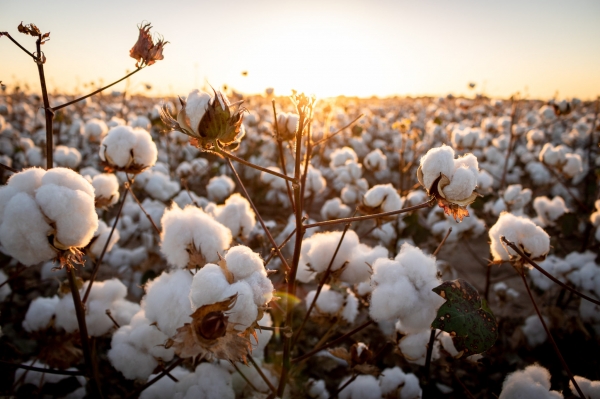Products derived from the cotton plant show up in many items that people use daily, including blue jeans, bedsheets, paper, candles and peanut butter. In the United States cotton is a US$7 billion annual crop grown in 17 states from Virginia to Southern California. Today, however, it’s at risk.
Cotton plants from fields in India, China and the U.S. – the world’s top three producers – all grow, flower and produce cotton fiber very similarly. That’s because they are genetically very similar.
This can be a good thing, since breeders select the best-performing plants and cross-breed them to produce better cotton every generation. If one variety produces the best-quality fiber that sells for the best price, growers will plant that type exclusively. But after many years of this cycle, cultivated cotton all starts to look the same: high-yielding and easy for farmers to harvest using machines, but wildly underprepared to fight disease, drought or insect-borne pathogens.
Continue reading at Texas A&M University
Image via Texas A&M University


